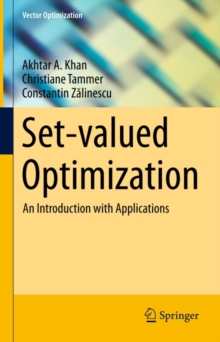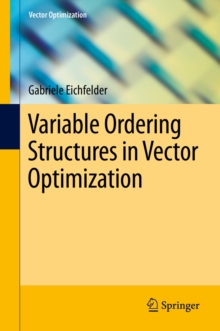
Sequential Approximate Multiobjective Optimization Using Computational Intelligence PDF
by Hirotaka Nakayama, Yeboon Yun, Min Yoon
Part of the Vector Optimization series
Description
Many kinds of practical problems such as engineering design, industrial m- agement and ?nancial investment have multiple objectives con?icting with eachother.
Thoseproblemscanbeformulatedasmultiobjectiveoptimization.
In multiobjective optimization, there does not necessarily a unique solution which minimizes (or maximizes) all objective functions.
We usually face to the situation in which if we want to improve some of objectives, we have to give up other objectives.
Finally, we pay much attention on how much to improve some of objectives and instead how much to give up others.
This is called "trade-o?. " Note that making trade-o? is a problem of value ju- ment of decision makers. One of main themes of multiobjective optimization is how to incorporate value judgment of decision makers into decision s- port systems.
There are two major issues in value judgment (1) multiplicity of value judgment and (2) dynamics of value judgment.
The multiplicity of value judgment is treated as trade-o? analysis in multiobjective optimi- tion. On the other hand, dynamics of value judgment is di?cult to treat.
However, it is natural that decision makers change their value judgment even in decision making process, because they obtain new information during the process.
Therefore, decision support systems are to be robust against the change of value judgment of decision makers.
To this aim, interactive p- grammingmethodswhichsearchasolutionwhileelicitingpartialinformation on value judgment of decision makers have been developed.
Those methods are required to perform ?exibly for decision makers' attitude.
Information
-
Download - Immediately Available
- Format:PDF
- Publisher:Springer Berlin Heidelberg
- Publication Date:12/06/2009
- Category:
- ISBN:9783540889106
Other Formats
- Paperback / softback from £109.15
- Hardback from £104.05
Information
-
Download - Immediately Available
- Format:PDF
- Publisher:Springer Berlin Heidelberg
- Publication Date:12/06/2009
- Category:
- ISBN:9783540889106










